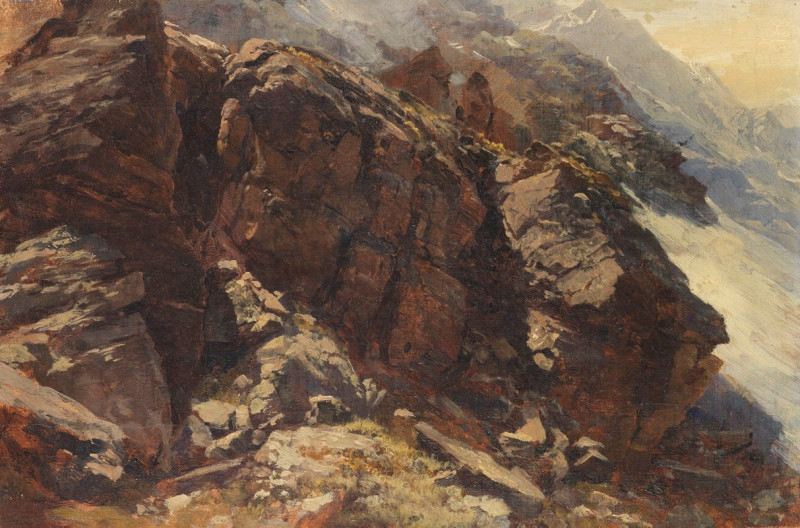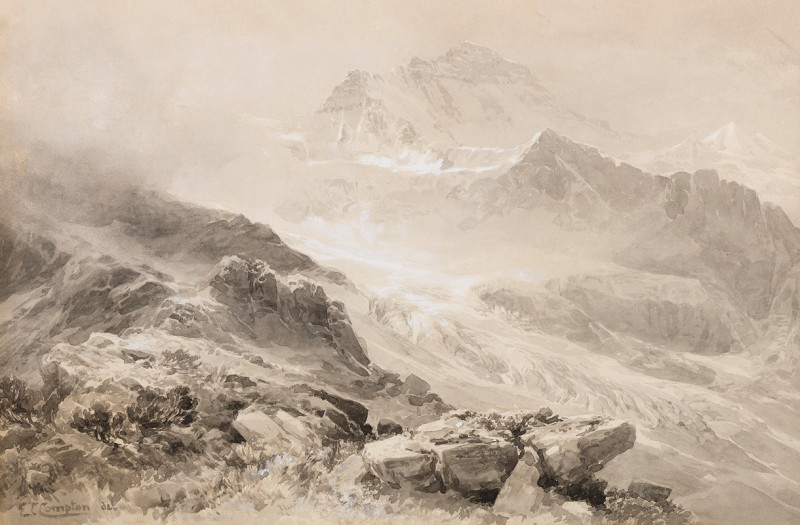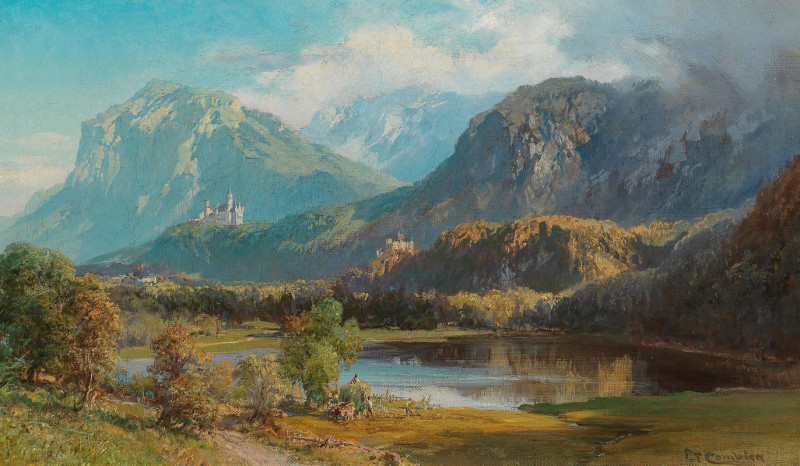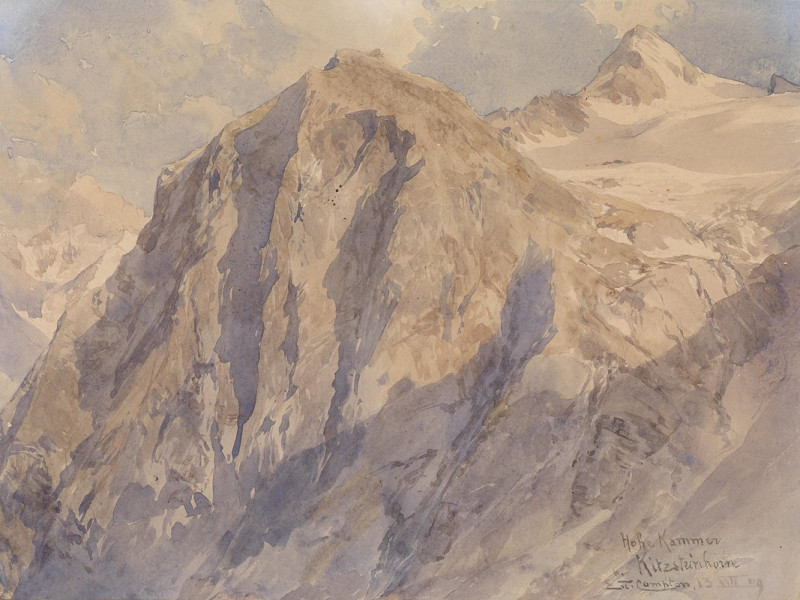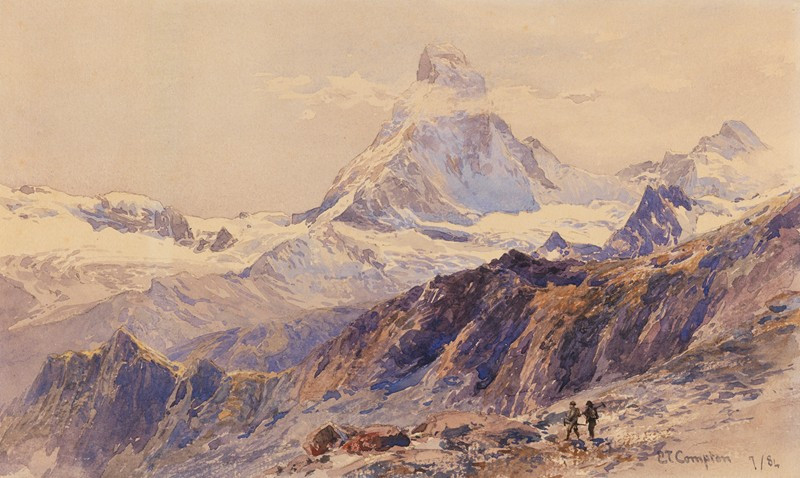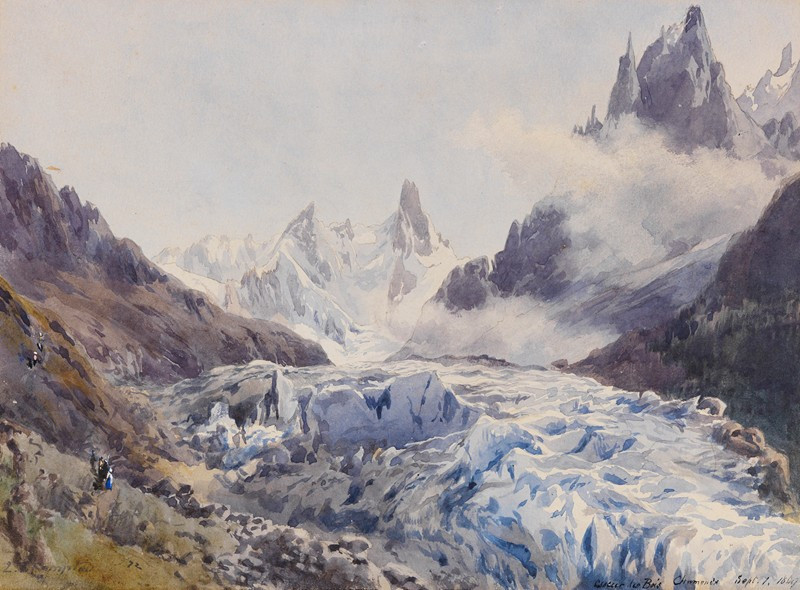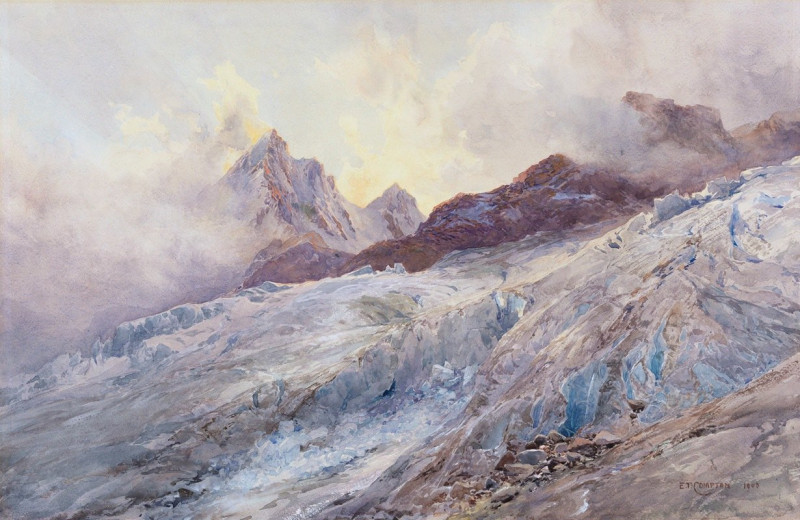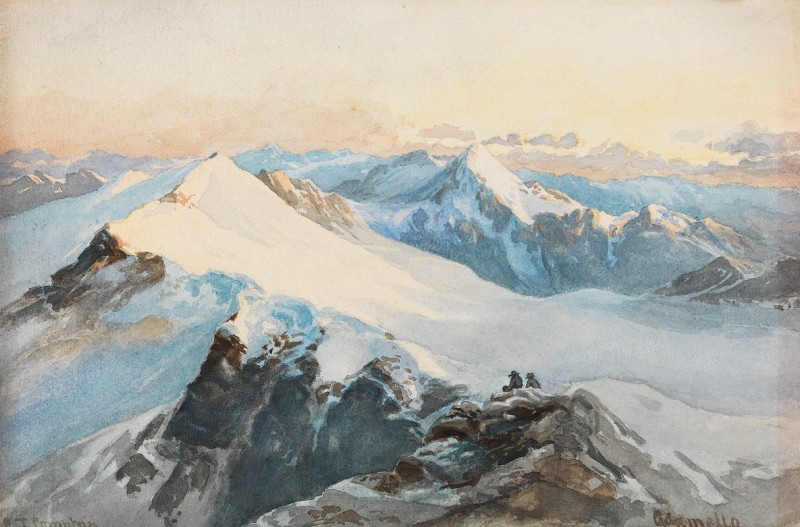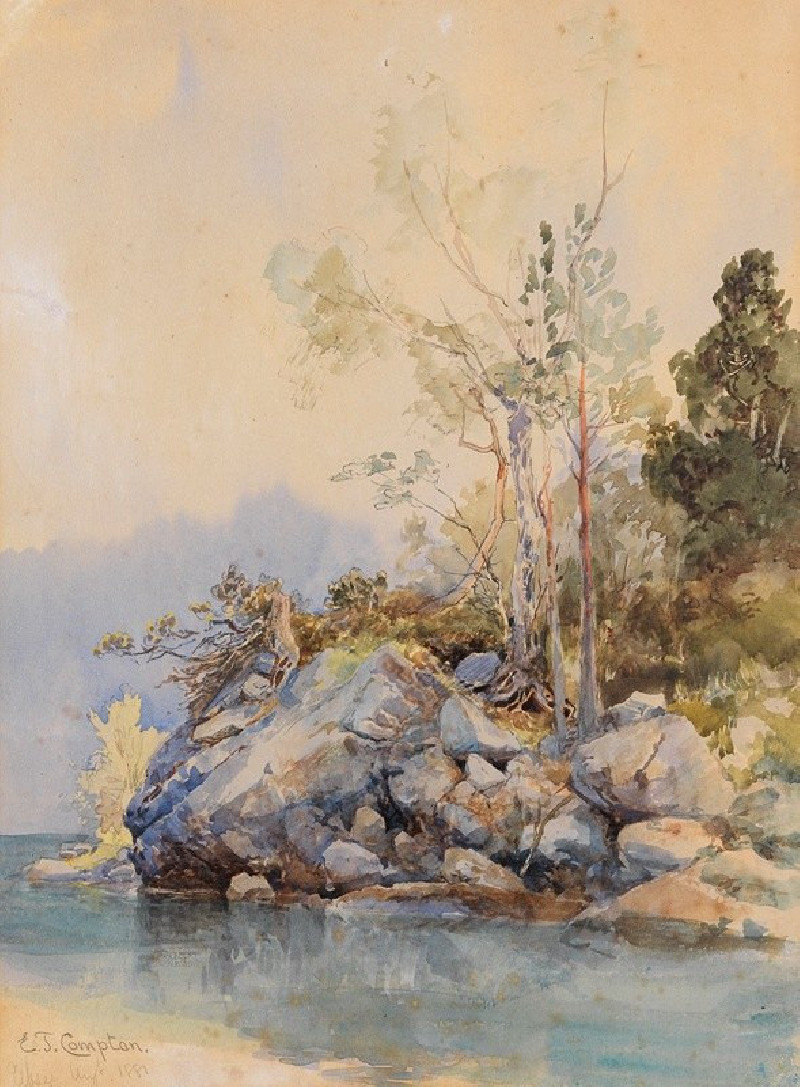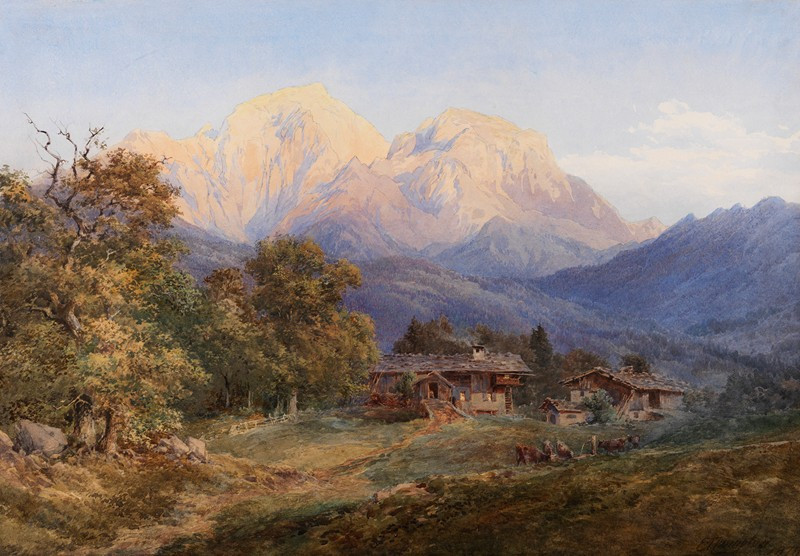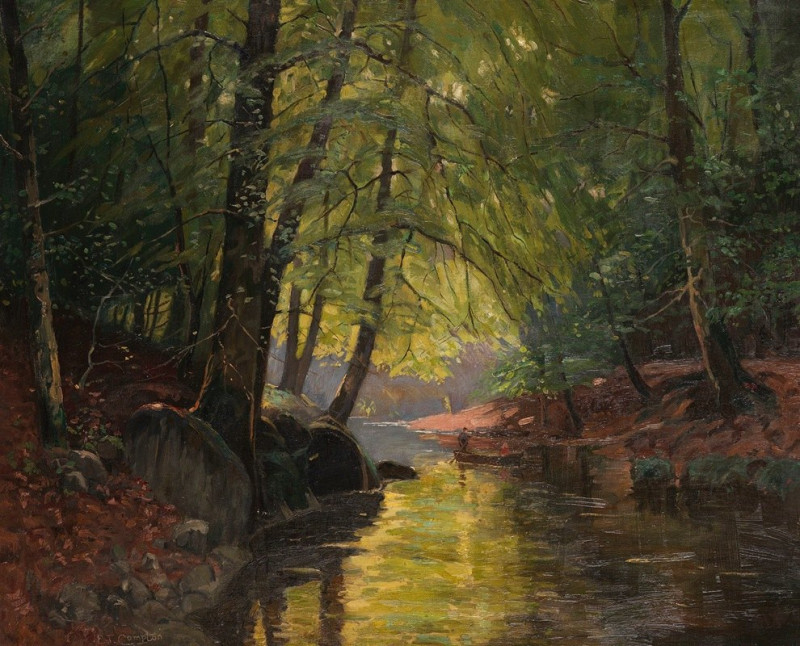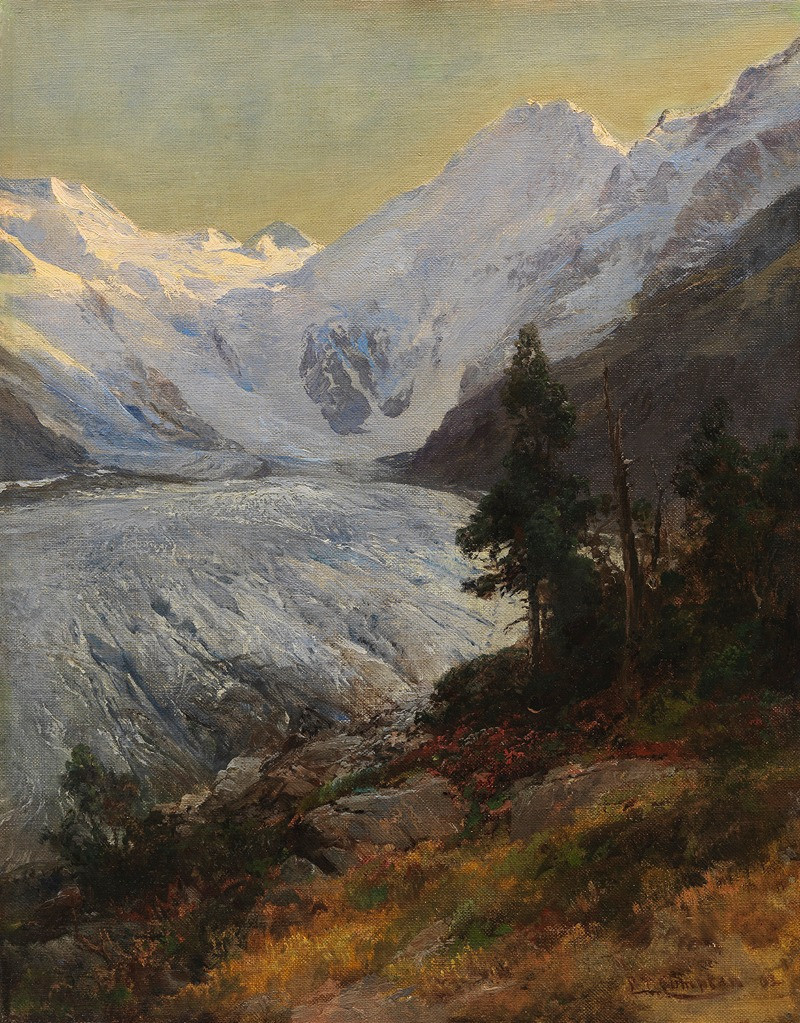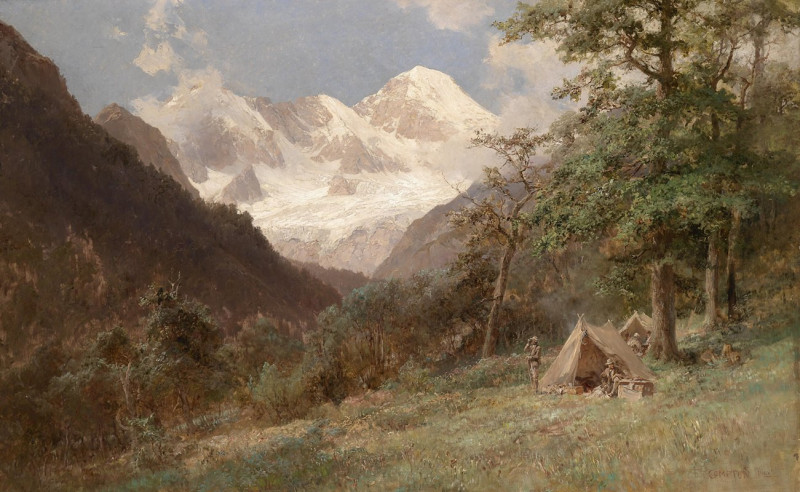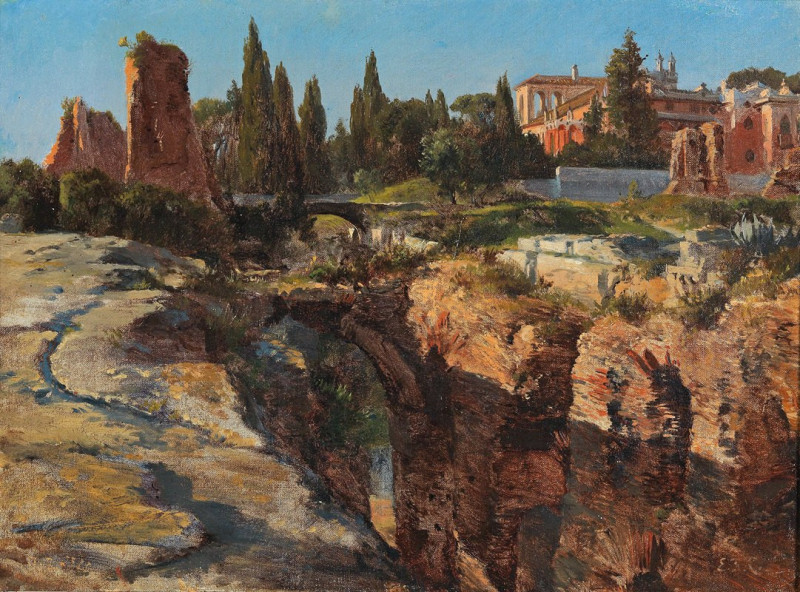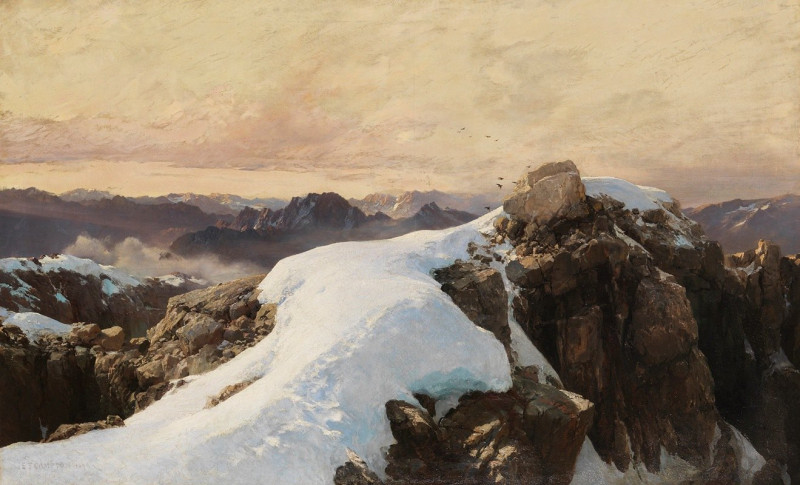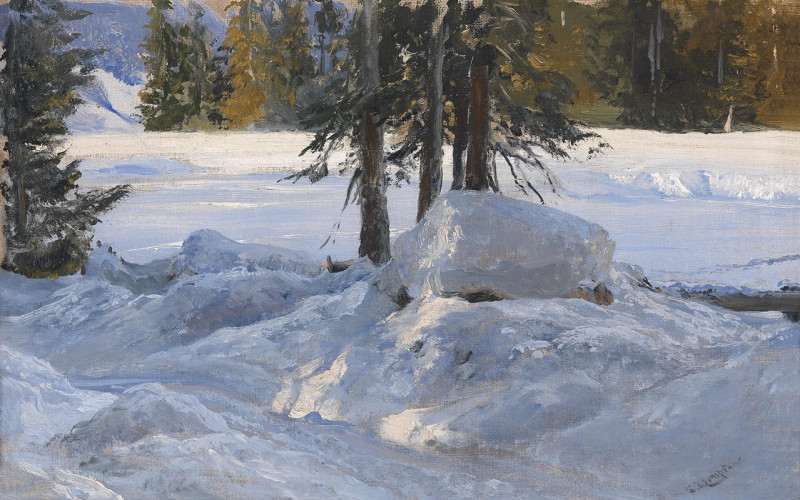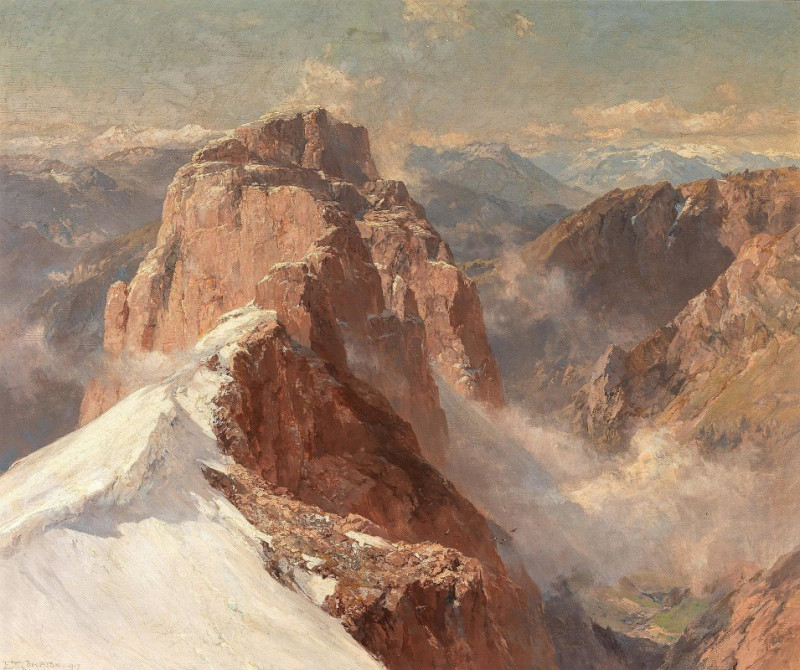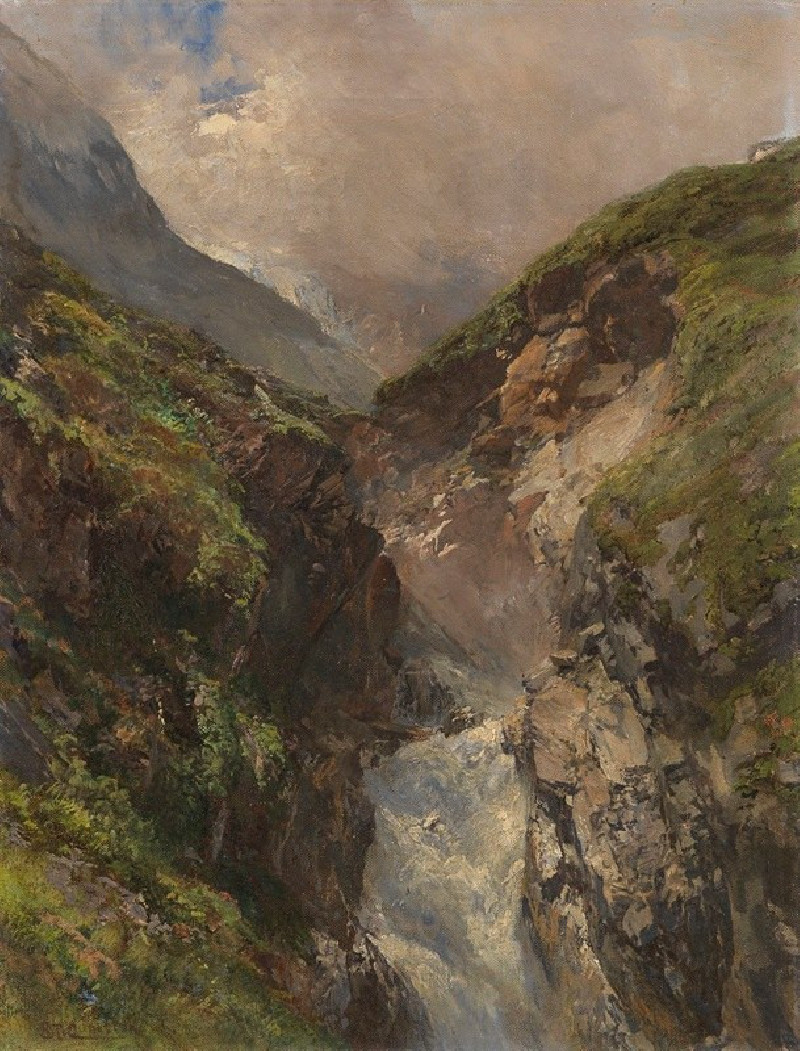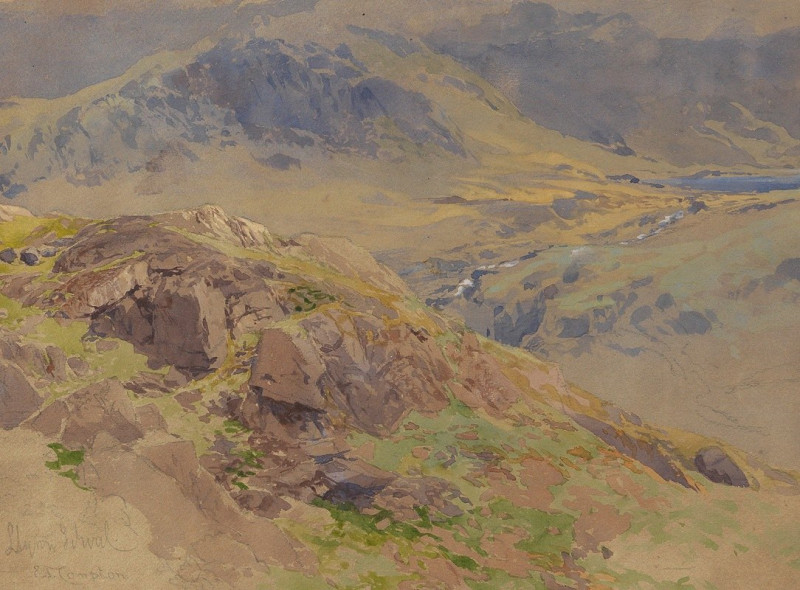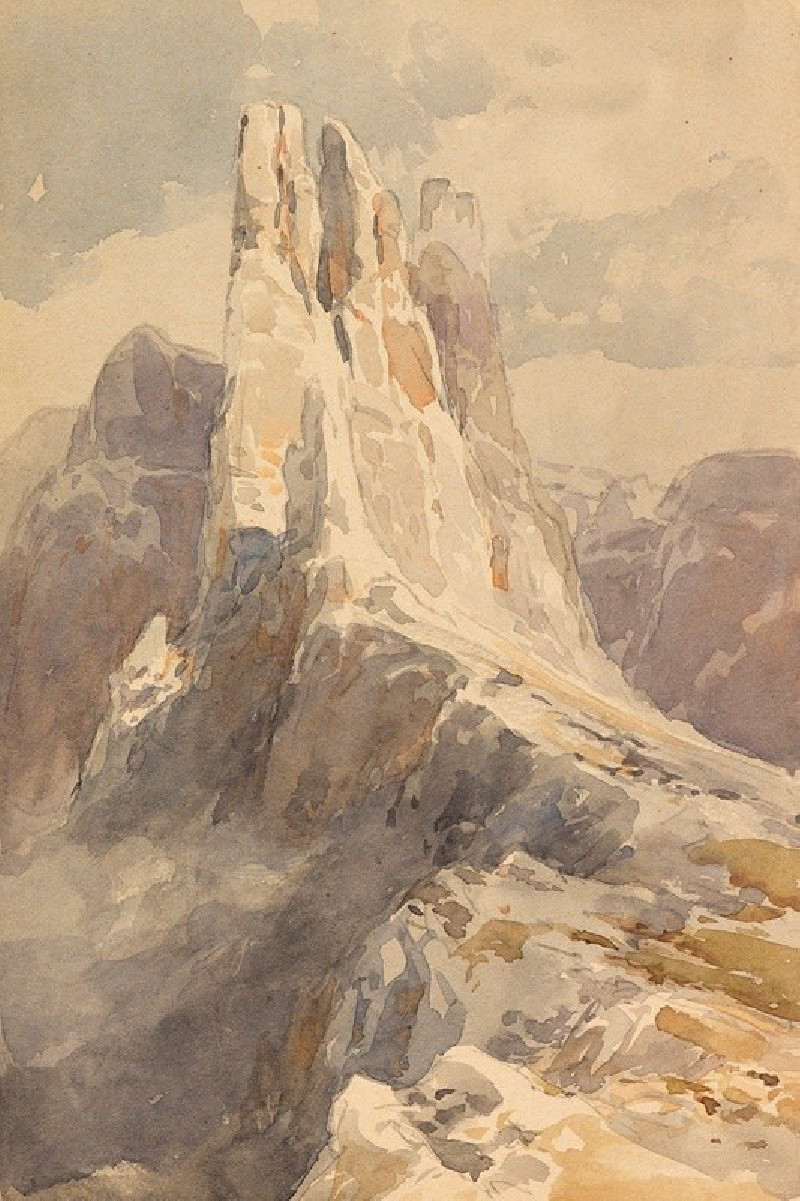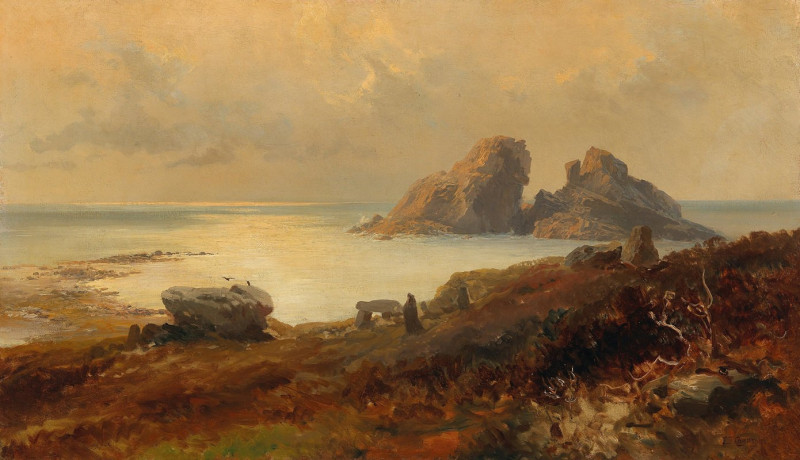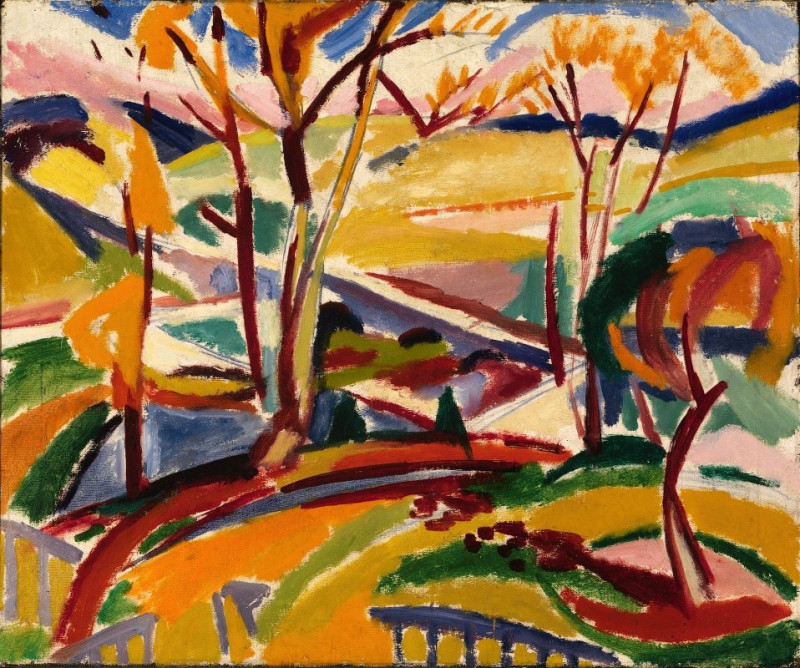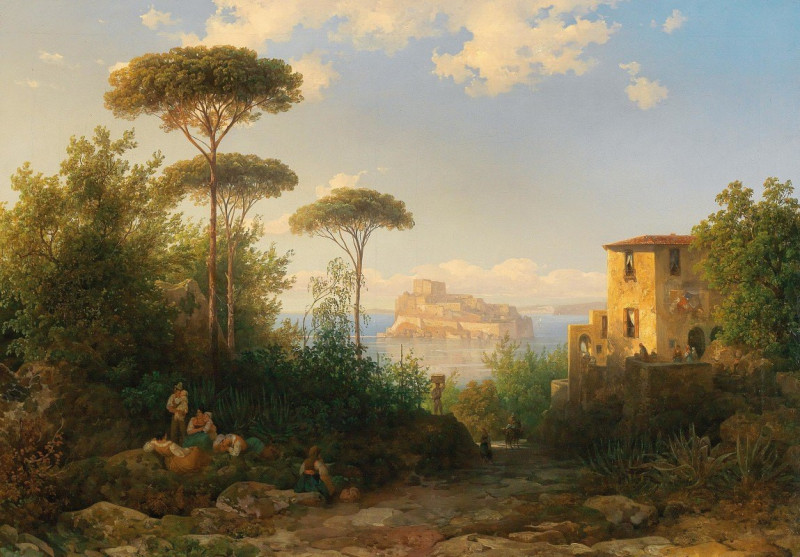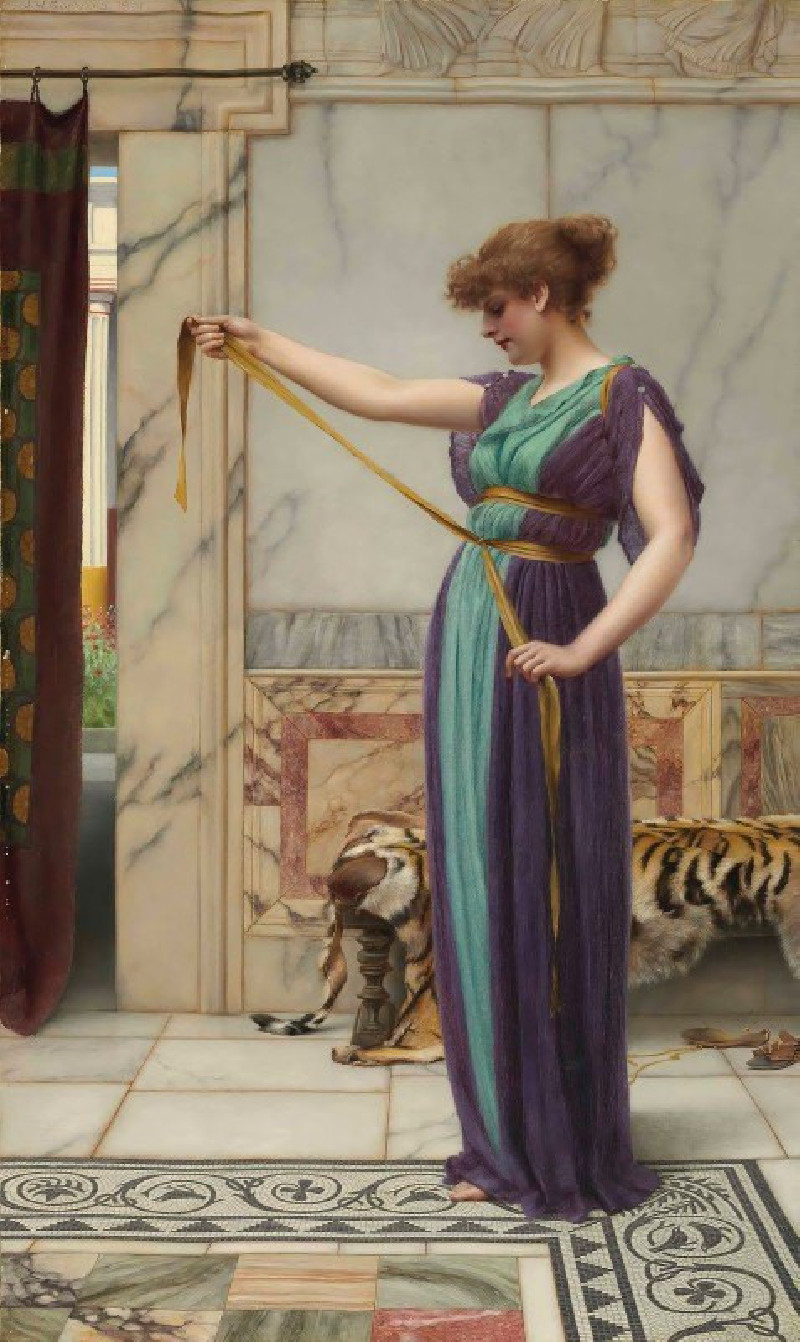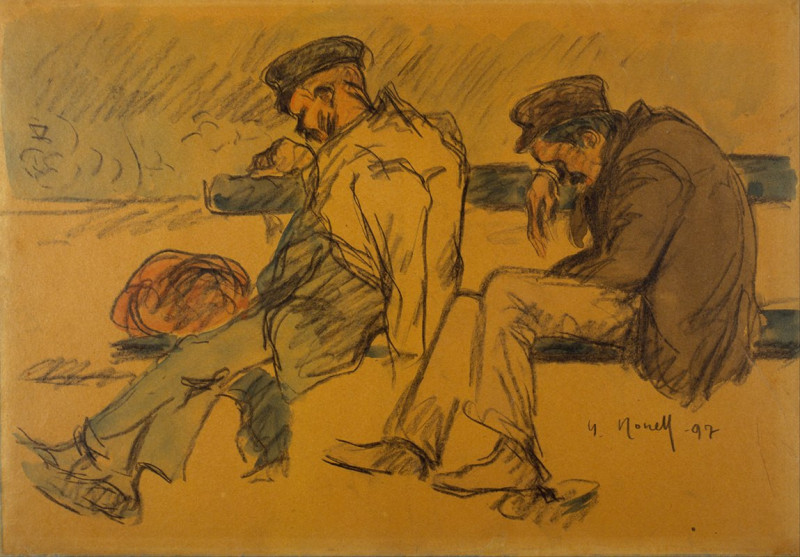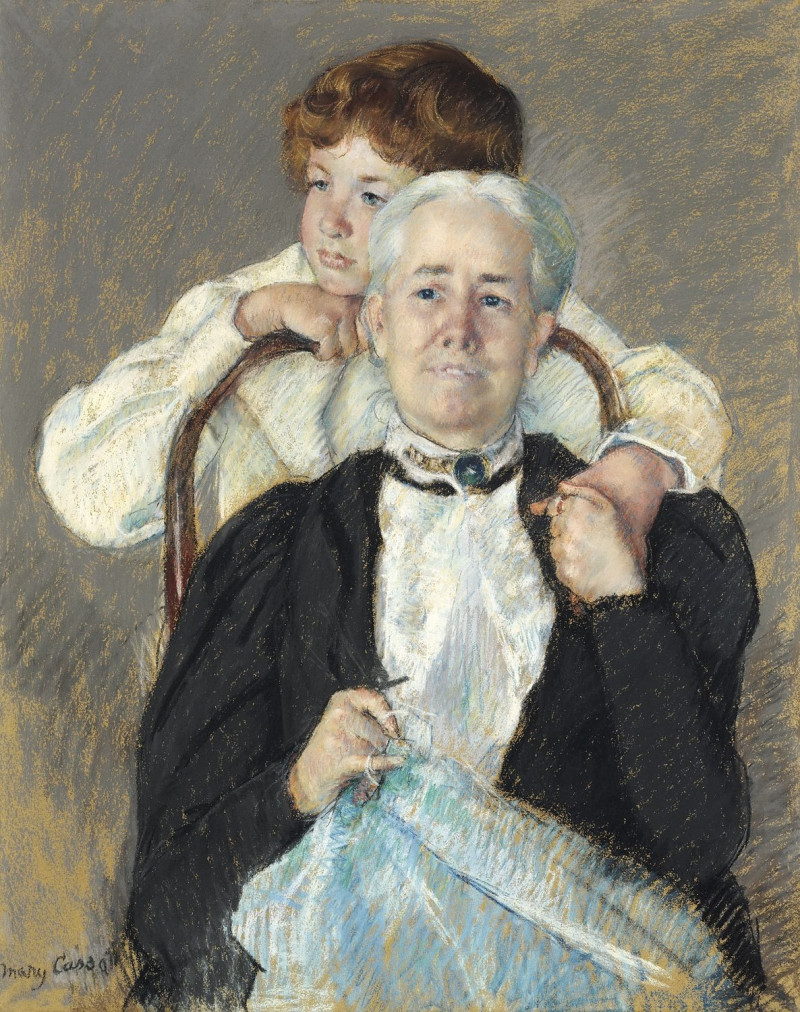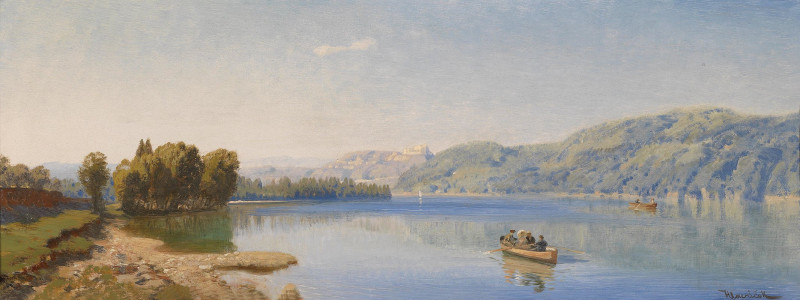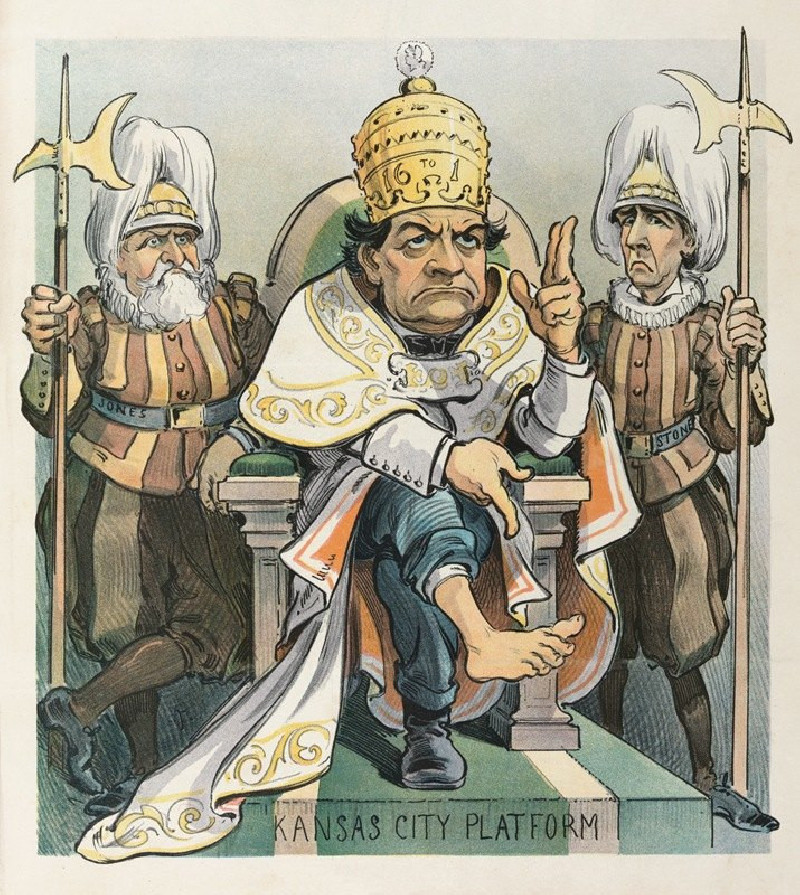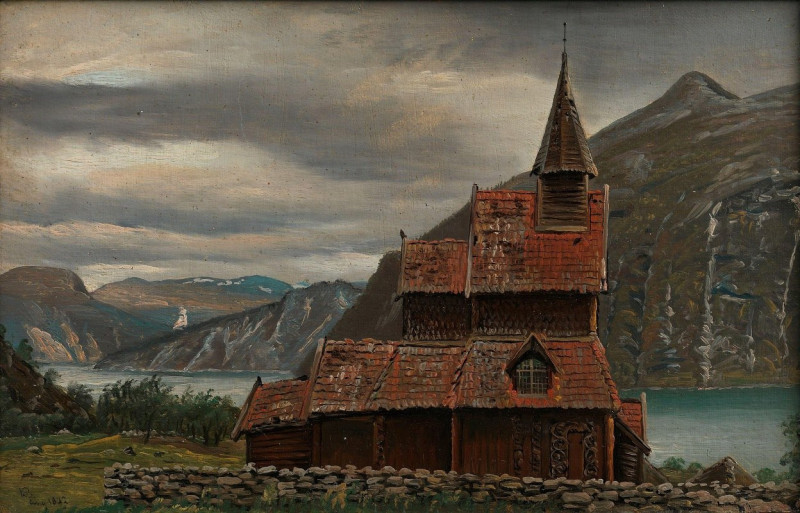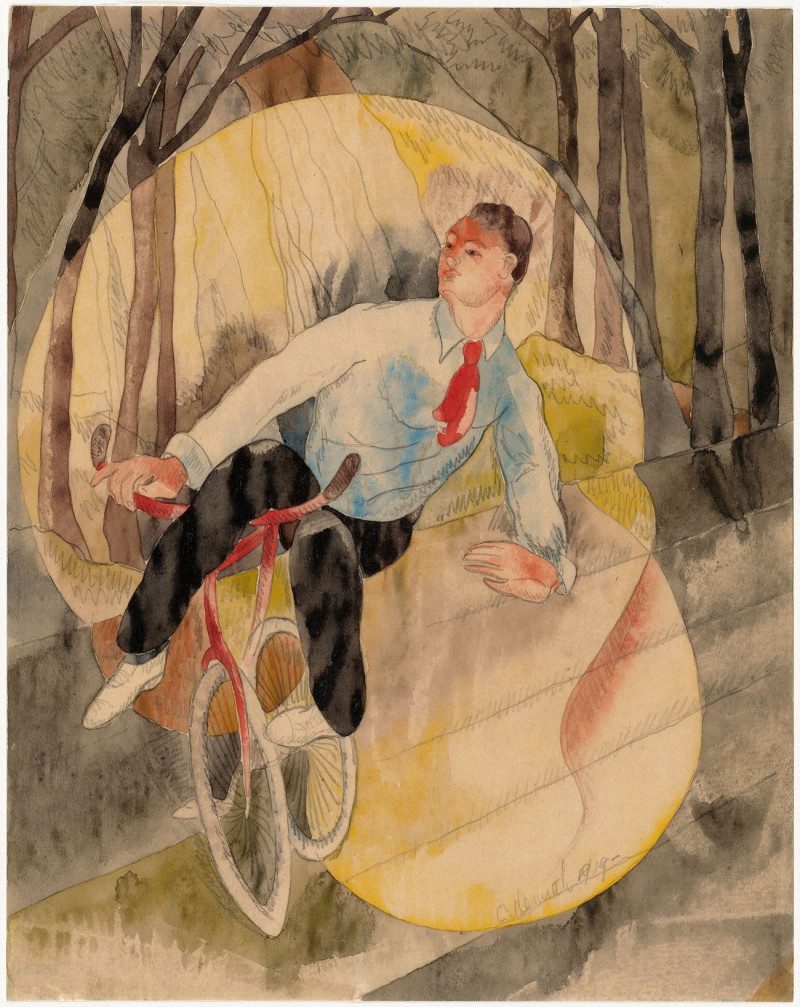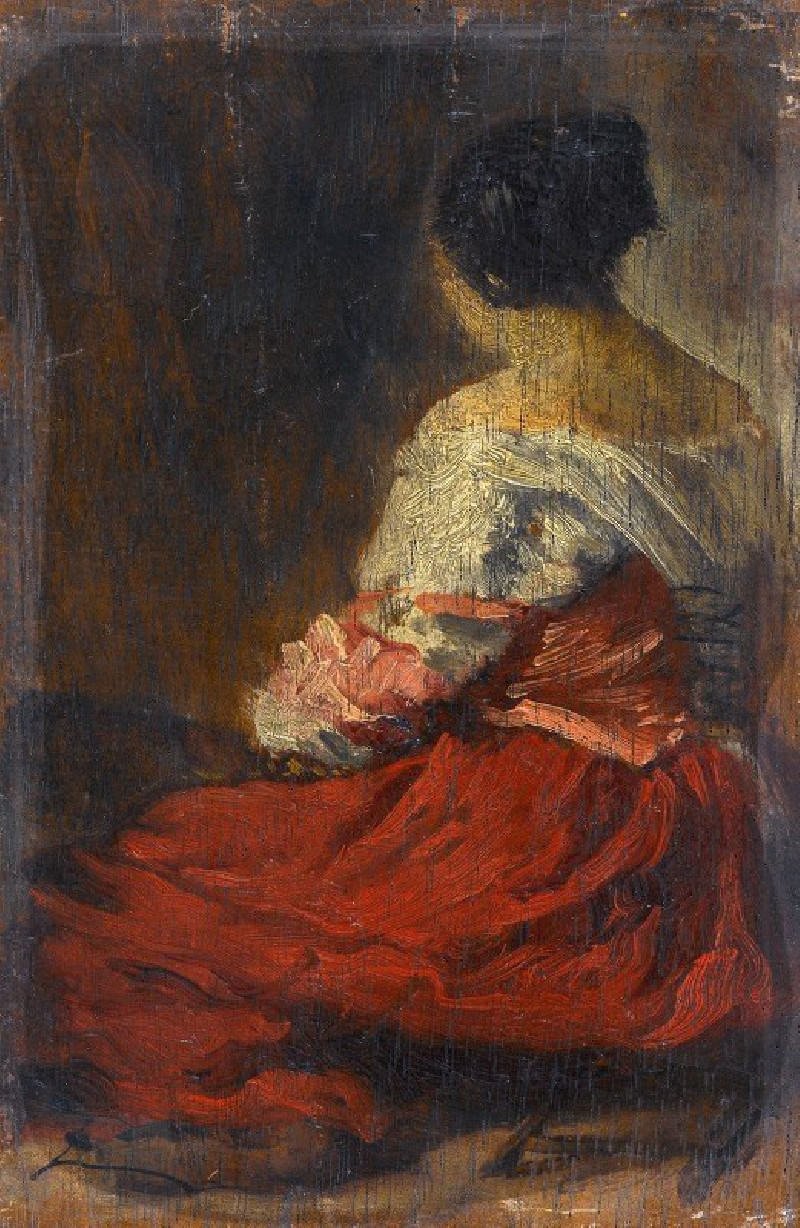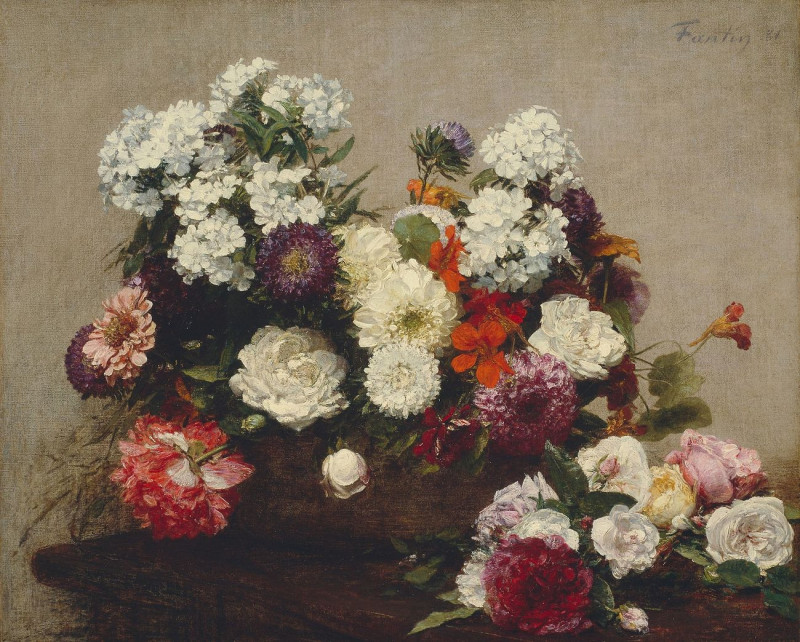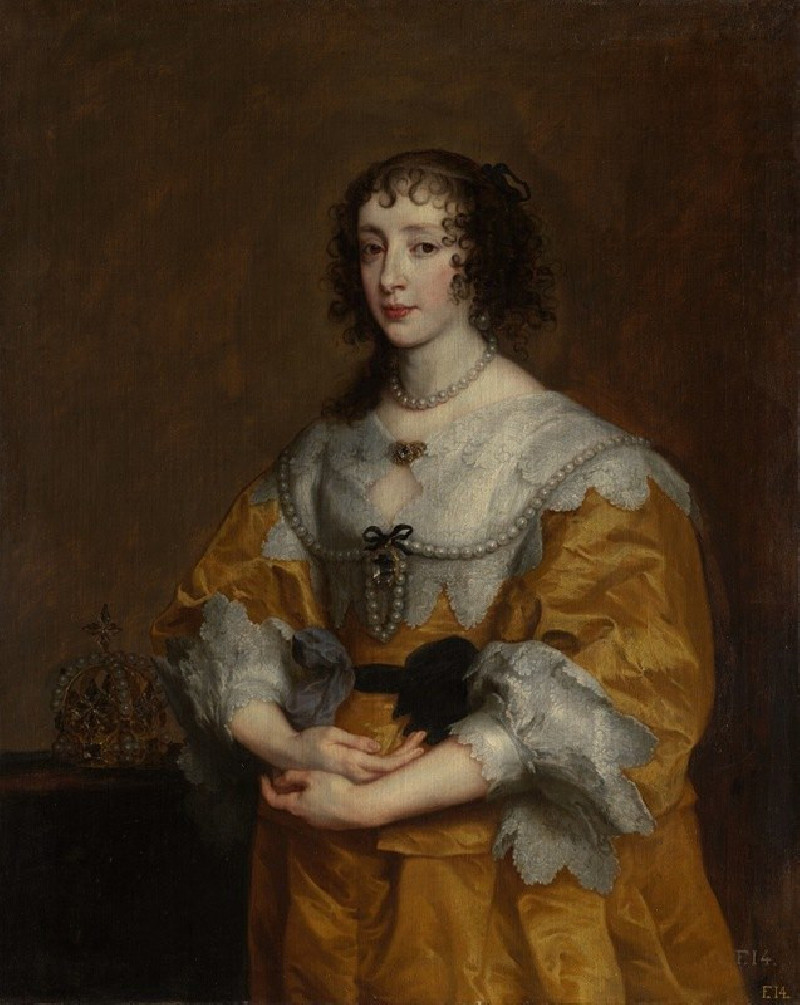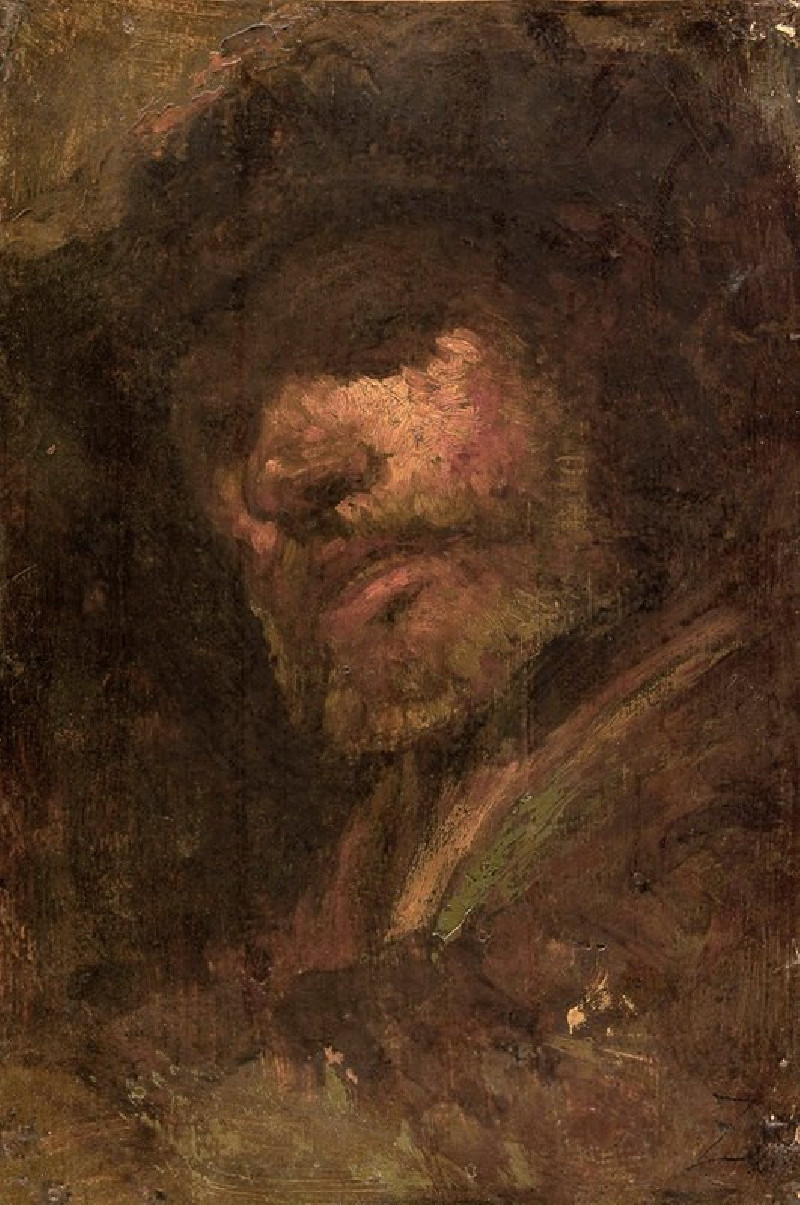Hochgebirgsstudie (1870)
Technique: Giclée quality print
Recommended by our customers
More about this artwork
Capturing the essence of the alpine wilderness, Edward Theodore Compton’s "Hochgebirgsstudie" (High Mountain Study) is a mesmerizing depiction of the awe-inspiring mountain landscapes that fascinated the artist throughout his career. Painted in 1870, this artwork showcases Compton’s extraordinary skill in landscape painting and his deep reverence for nature’s grandeur.The painting portrays a rugged mountain scene, where towering rocky formations dominate the view. The use of earthy browns and deep reds emphasizes the harsh, unyielding qualities of the mountainside, while the varied textures suggest the roughness of the terrain, scattered with stones and sparse vegetation. Interestingly, the visibility of the distant mountains, bathed in a soft, subdued light, gives the painting a profound sense of depth and scale, inviting the viewer to contemplate the vastness of the natural world.Compton’s technique in "Hochgebirgsstudie" effectively captures the shifting light and shadow, evoking the dynamic and transient atmosphere of high altitudes. Sharp contrasts between the sunlit peaks and the shaded crags further enhance the drama and intensity of the scene, drawing viewers into a silent, majestic world away from the hustle and bustle of human life.This painting is not just a visual treat; it’s an invitation to appreciate the untamed beauty and stark wilderness of the high mountains that Edward Theodore Compton spent his life exploring and celebrating through his art.
Delivery
Returns
Edward Theodore Compton, usually referred to as E. T. Compton, (29 July 1849 – 22 March 1921) was an English-born, German artist, illustrator and mountain climber. He is well known for his paintings and drawings of alpine scenery, and as a mountaineer made 300 major ascents including no fewer than 27 first ascents.

